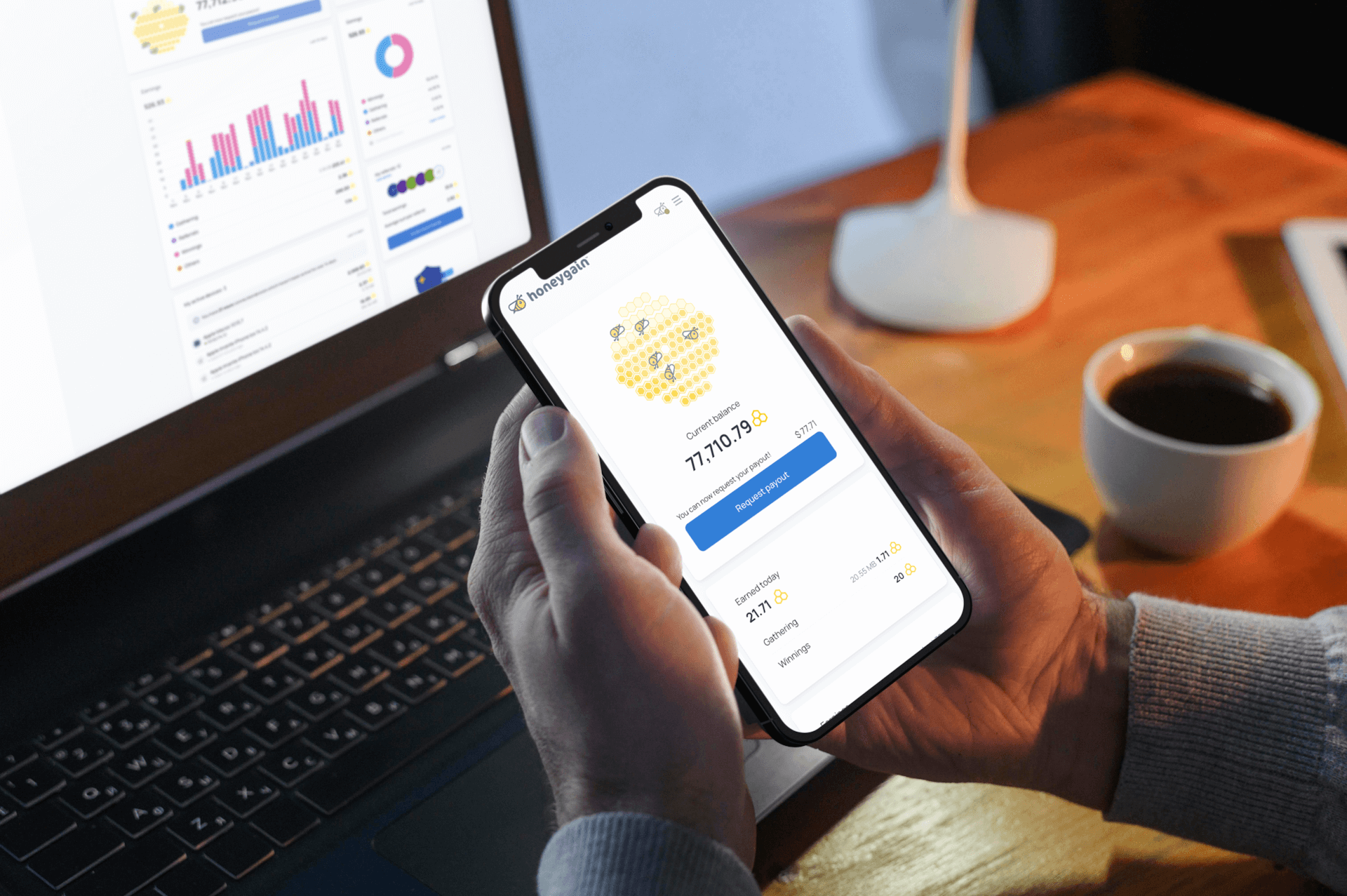
Unlock passive income with eCommerce and digital products. Discover top strategies for 2024 to effortlessly make extra money with dropshipping and digital sales
People are always on the lookout for the ideal way to generate some additional money. You have different options at your disposal, such as picking up additional tasks through platforms like Upwork. Yet, it’s not always about exploring clients. Side hustles can take many forms, and eCommerce and digital products are some of the most attractive shapes to consider. In fact, these two opportunities present some of the most seamless options for passive income.
So, let’s dig deeper into how you can unlock passive income through eCommerce and digital products.
Recap: what is passive income?
Passive income refers to money you generate through practices requiring little effort. So, it introduces an additional cash flow without the need to dedicate much time to it. However, passive income has another distinction: practices that take effort initially but turn into self-sufficient practices later.
For example, you could create a tutorial for learning PHP programming (just an example). Then, you release it on Udemy. While it took some time to make the course, it usually generates money without much effort once it’s released.
So, that’s the selling point of passive income: earning money with minimal effort!
Exploring eCommerce and Digital Products
The digital market presents various options for earning additional income. After all, such opportunities represent some of the best passive income ideas 2024! Let’s discuss the most profitable strategies in eCommerce to get money more effortlessly:
Dropshipping
Dropshipping lets you open and manage online stores without worrying about inventory or shipping hassles. Essentially, you become the middle person between clients and businesses. How? Well, you set up an online store and collaborate with different creators. Then, you add listings for their products on your page. When you get clients, you don’t need to deal with the delivery of the goods. You transfer the order to the business, letting it deal with the shipping.
Depending on the products, dropshipping sites can earn 10-30% of the product price. So, as long as your website continues to perform, you can earn passive income.
Yet, how do you get manufacturers to post their products on your page? Well, that does take effort on your part. For one, your website should be popular. Hence, you might need to invest some time in SEO (Search Engine Optimization), ads, or other marketing efforts.
Digital products
Besides physical products, you can also explore selling digital products. These items, like ebooks, videos, or templates, come in digital form. For example, your eCommerce website could sell different WordPress templates. On the other hand, you can focus on ebooks, helping new authors attract readers’ attention.
If you’re the author of digital products, you can also sell them! It is a great passive income strategy, and it can be gratifying to know that people buy and enjoy your work.
Here are some of the ideas for the things you can sell:
- Ebooks.
- Online courses.
- Templates.
- Assets like infographics, art, or stock photos.
- Music (be it songs or some audio effects).
- Webinars.
- Digital planners.
- Logos.
- 3D models.
- Plugins or extensions.
How to start a dropshipping business
If dropshipping is your passive income type, you can quickly get started.
First, it’s best to settle on a niche for your products. Of course, your website can focus on various products, making it a hub of different items. Second, do some research about your competitors and overall market trends.
Then, the hunt for suppliers begins. You can work with several ones. To ease your collaboration, you can explore different supplier directory apps. They connect suppliers to your store. Finally, you should deal with products and their prices.
To create your store, you have multiple options like Shopify, BigCommerce, or Modalyst.
Also, consider the following hurdles that you might experience with dropshipping:
- Finding the right supplier and dealing with the competition.
- Learning how to deal with unsatisfied customers.
- Consider setting up some customer support services to deal with these issues.
- Different time zones could hinder specific procedures (like solving issues).
- The localization aspect can also be vital if you wish to have a more inviting atmosphere in your store.
How to start selling digital products
If you’re an author, you can find different platforms for selling your products. Of course, you can set up your own website to handle purchases. But in the beginning, it might be better to rely on well-known platforms. For example, if you have developed an app, release it on the Google Play store. If it’s a book, go for Amazon Kindle Direct Publishing.
You can use different marketing options to generate more sales. Explore social media, ads, and other means of spreading the word about your work!
Conclusion
So, eCommerce brings you excellent options for earning passive income. If you go with dropshipping, recognize that it will take some maintenance. So, while it is a passive income strategy, it does require some input. Additionally, they likely sell with little assistance once you launch your digital products. However, you can boost sales through marketing!
Was this news helpful?






 Yes, great stuff!
Yes, great stuff! I’m not sure
I’m not sure No, doesn’t relate
No, doesn’t relate



